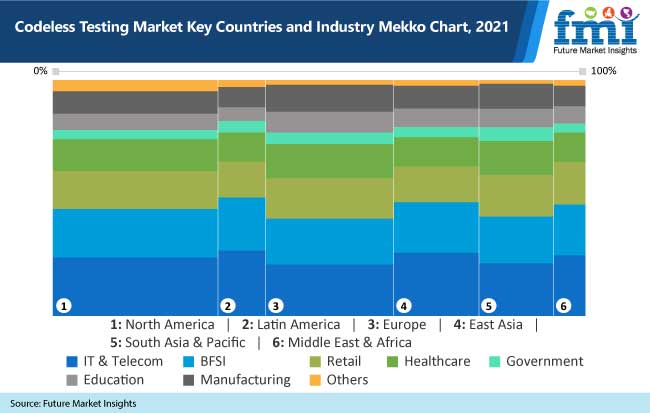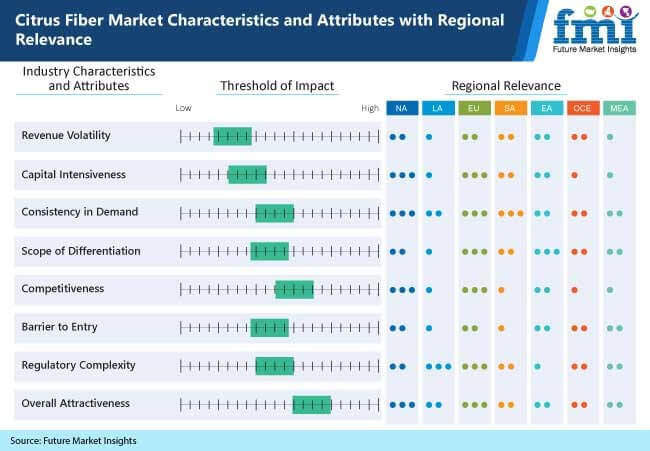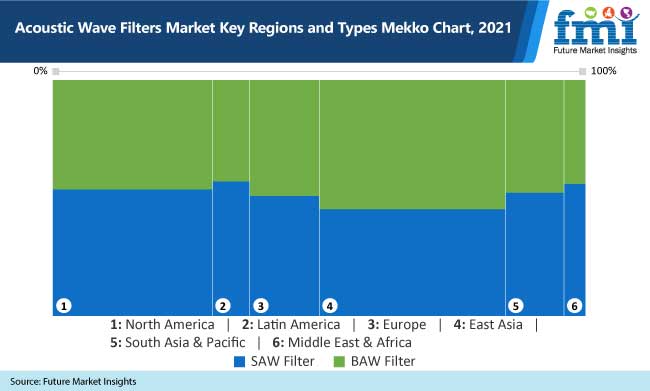Use of microalgae in enhancing taste, texture, flavor, aroma, and nutritional value of food products are key factors encouraging microalgae applications in the food and beverage sector. According to a recent FMI report, the demand for microalgae in food and beverage sector will surpass a valuation of over US$ 99,623.3 Thousand in 2021, rising at a CAGR of around 3% through the end of 2031.
Get | Download Sample Copy with Graphs & List of Figures:
https://www.futuremarketinsights.com/reports/sample/rep-gb-13546
Microalgae products are specialized in terms of applications. This is a key factor that increases the product’s market worth. The fact that microalgae are considered clean label adds to their appeal. Due to myriad potential applications, further research is being conducted to optimize microalgae use for profitability.
Microalgae are also being used increasingly in dairy, bread, confectionery, and snacking items for flavour, texture, colour, and as a stabiliser. Because of the increased demand for microalgae, top manufacturers are seeking to expand their distribution networks to reach a larger audience.
Spirulina is found in a range of health and functional beverages. With demand from younger consumer demographics rising, spirulina juice and smoothies are launched in limited markets, indicating a huge scope of growth in the near future.
In 2016, Spira Inc., a U.S. based Biotechnology startup launched a new beverage drink made only from live Spirulina. Similarly, In March 2016, Naked Juice, a U.S. based beverage manufacturer and a subsidiary of PepsiCo, Inc. starts a juice smoothie made with Spirulina as a primary ingredient.
For More Information or Query or Customization Before Buying, Visit:
https://www.futuremarketinsights.com/customization-available/rep-gb-13546
Key Takeaways from the Demand for Microalgae in Food & Beverage Sector Study:
- The U.S. is estimated to account for more than 91.0% of the North American market in 2021, supported by consumer awareness regarding functional foods and beverages.
- According to FMI’s analysis, China is estimated to account for more than 48% of the Asia Pacific share in 2021, supported by easy availability of raw materials.
- The U.K. is a high potential market in Europe, accounting for over 13% value share, supported by the popularity of clean label trends.
- Freshwater microalgae will hold 81% of the market in 2021 on the back of easy cultivation and faster yield.
- Spirulina products reflect 41% of the market in 2021 owing to a superior nutrient profile for functional foods and beverages.
“With the increasing demand for microalgae-based goods, manufacturers are focusing on offering products at a lower cost. Various organizations have adopted integrated production models to offer cost-effective products to gain competitive edge through 2031,” said a lead analyst at FMI.
Ask Us Your Questions About This Report:
https://www.futuremarketinsights.com/ask-question/rep-gb-13546
Who is Winning?
Consumers value quality and service above all. As a result, businesses are investing in research and development of distinctive and inventive high-quality product. In addition to this, they are focusing on adopting cutting-edge technology that will enable them to maintain high-quality standards.
Some of the leading companies offering microalgae in the food & beverage sector are DIC Corporation, Koninkliijke DSM NV, Roquette Frères, Fuji Chemical Industries Co., Ltd., Yunnan Green-A-Bio-engineering Co Ltd, Cyanotech Corporation, BASF SE, Parry Nutraceuticals, Beijing Gingko Group, KDI Ingredients, Sinoway Industrial Co., ltd., INNOBIO Corporation Limited, Algaecan Biotech Ltd., Algatechnologies Ltd., Cardax, Inc., Igene Biotechnology, Inc., Fenchem Biotek Ltd., AstaReal Inc., Valensa International, Kunming Biogenic Co., Ltd., and Others.


